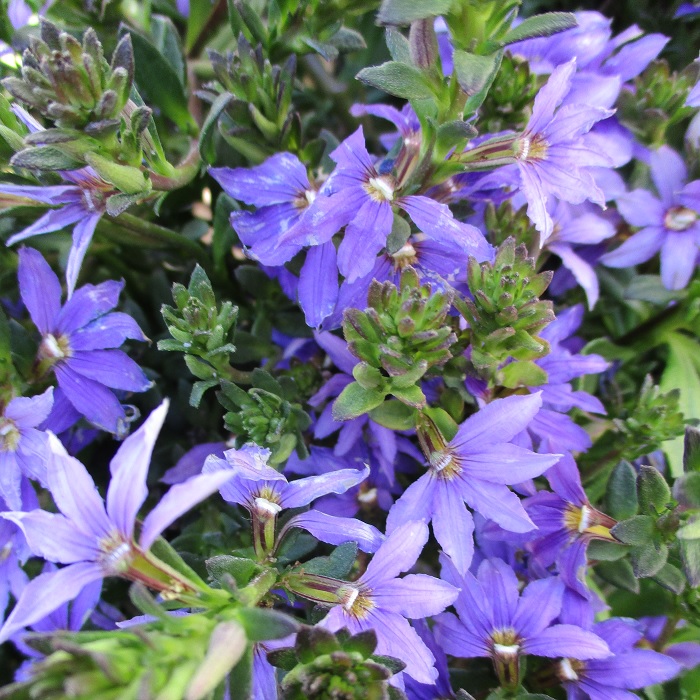UNITED STATES—Most plants would prefer the real thing; how they do it in the wild. They drop their leaves, flowers and twigs. Deciduous plants do it mostly in autumn. Evergreens might spread it out through the year. The debris accumulates on the ground below, and decomposes at about the same rate as it accumulates. There is no one there to clean it up. Yet, the natural ecosystems know what to do.
The plants that produce the debris use the nutrients produced by its decomposition. So, with the help of the many microorganisms in the soil, they recycle their own trash. To exploit this resource most efficiently, feeder roots tend to congregate near the surface of the soil where the nutrients are. Because the debris also insulates and shades the soil surface, roots are comfortable there.
Densely forested ecosystems produce the most debris. Many smaller plants in such ecosystems may disperse their roots exclusively into decomposing debris without reaching into soil below. In desert ecosystems, where such debris is minimal, roots are mostly dispersed much deeper to avoid the hot and dry soil surface. They wait for recycled nutrients to leach to them through the soil.
Redwoods, cypresses, many pines and most eucalyptus produce unusually thick layers of debris that decompose slowly. This technique inhibits or prevents the germination of seeds of potentially competitive plants. So, in other words, these trees and other plants had this, as well as moisture retention, soil insulation and nutrient recycling, all figured out long before we knew about mulching.
After we put so much work into raking and disposing of foliar debris that would otherwise accumulate in our gardens, it is ironic that we sometimes need to apply seasoned mulch to compensate for the lack of organic material on the surface of the soil. (Unseasoned mulch draws nitrogen from the soil to sustain its own decomposition.) It does more than merely improve the appearance of otherwise exposed soil. Mulch helps unnatural landscape environments function a bit more naturally.
Highlight: fan flower
Only a few flowers are true blue. A few more are nearly blue, but slightly blushed with lavender. Of the latter group, fan flower, Scaevola albida, which is usually more lavender than blue, can be quite convincingly blue if conditions are just so. The semi-circular flowers (which are actually wide bilateral flowers) are most abundant in spring and summer, but can bloom sporadically all year.
The finely textured evergreen foliage is dense enough to function as light duty groundcover. Mature plants eventually get about four feet wide without getting deeper than a foot, and more typically stay less than half a foot deep. Outer stems pressed into the soil with their tips up should root and grow into new plants. Fan flower prefers regular but moderate watering. Shade inhibits bloom.
Fan flower only became available in the middle of the 1980s. How appropriate for flowers of such distinctive style and color! The original common type is still the most reliable. Newer cultivars are not quite as resilient, and might not be as vigorous either. However, they are worth growing for their bigger and bolder flowers, and because they cascade better from pots or raised planters.






